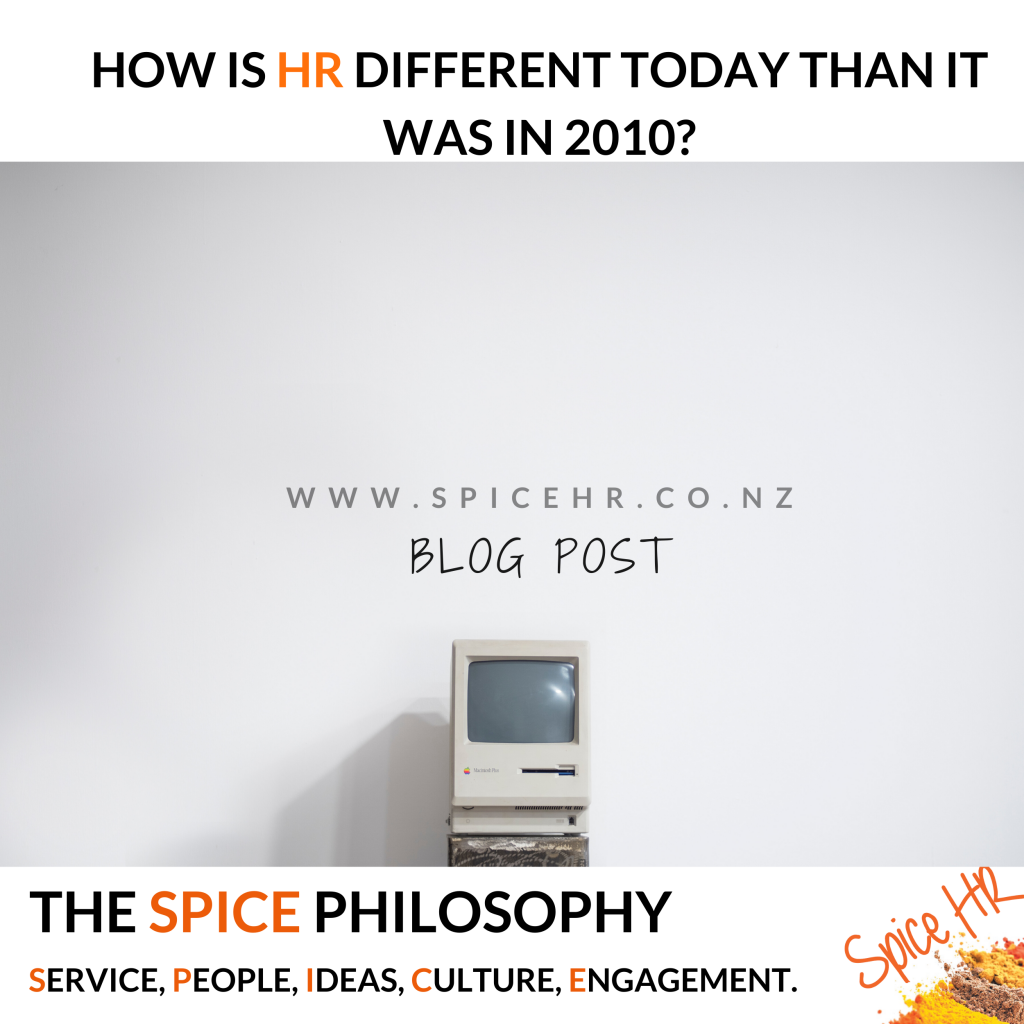
What truly sets a thriving business apart in a world of shifting priorities and endless to-do lists? Spoiler: it’s not just snazzy logos or ping-pong tables! The real game-changers are purpose, clarity, and culture; all wrapped up in three powerful words: Vision, Mission, and Values.
These aren’t just corporate buzzwords. They’re the beating heart of every organisation that knows where it’s going, why it’s going there, and how it’s going to show up along the way.
Vision: Our Dream Destination
Think of your Vision as your business’s dream holiday destination. It’s that amazing place you’re all trying to get to – big, bold, and maybe a little scary (in a good way!). Your Vision answers the question: “Where do we want to go?” It should be inspiring enough to light a fire under your team and clear enough to steer your long-term strategy. Bonus points if it makes people say, “Yes! I want to be part of that!”
Mission: Why We Get Out of Bed
Your Mission is the reason you show up every day (well, that and coffee!). It’s your “why,” your impact, your purpose. A solid Mission keeps everyone rowing in the same direction, even on the days when the waters get choppy. It tells your customers, your team, and even your dog (if you’re into that kind of thing!) what you’re here to do and why it matters. It answers the question: “Why do we do what we do?”
Values: How We Roll
Your Values are the vibe, the glue, the unspoken rules of the road trip. They guide how you treat people, make decisions, and handle success (and setbacks). But let’s be real: Values don’t mean much unless they come off the wall and into real life. That’s where the fun (and the work) begins:
- Run Values Workshops to get everyone involved in shaping your culture. Bring your people on the journey with you.
- Create a Team Charter to provide clear direction and alignment around expected behaviours. These become your Guiding Principles.
- Put it all in a friendly Handbook, along with your policies. A good Handbook should clearly set your expectations around ‘what good likes like’, as well as guidance on ‘how you do things around here’, and (and here’s the tricky part!) it shouldn’t put people to sleep!
- Use tools like Extended DISC to help your people understand the different personalities within the team, how to adapt to improve communication and boost collaboration.
- Design a warm Welcome and Onboarding experience that helps newbies feel the love right away!
When Vision, Mission, and Values Click
When these three are singing in harmony, magic happens. Your team is engaged. Your customers feel it. Your culture gets stronger, not just shinier. Alignment here means fewer mixed messages and more moments of, “Yes, this feels right!”
Build Your Foundation with Intention (and a Bit of Fun!)
Whether you’re starting fresh or doing a brand refresh, keep it human. Get curious. Involve your people. Laugh a little. Ask the real questions:
- Vision: What do we want the future to look like (and what would make it awesome)?
- Mission: Why do we get up and do this every day?
- Values: What do we believe in enough to never compromise on?
Because, in the end, businesses that live their Vision, walk their Mission, and breathe their Values aren’t just doing business. They’re building something meaningful and having a great time doing it.
At Spice, we’re all about bringing your culture to life in a way that actually works. Whether it’s shaping your Vision, giving your Values a refresh, rolling out a Team Charter (that people will actually use!), or helping your team understand each other better with Extended DISC, we’re here to help. We also make sure your onboarding hits the right notes from day one.
Whatever you need, we tailor practical, people-focused solutions that match your vibe and support your goals. Culture done right. Just add Spice!
So, if you’re ready to build a workplace culture with both heart and direction, get in touch. Anything great could happen!









